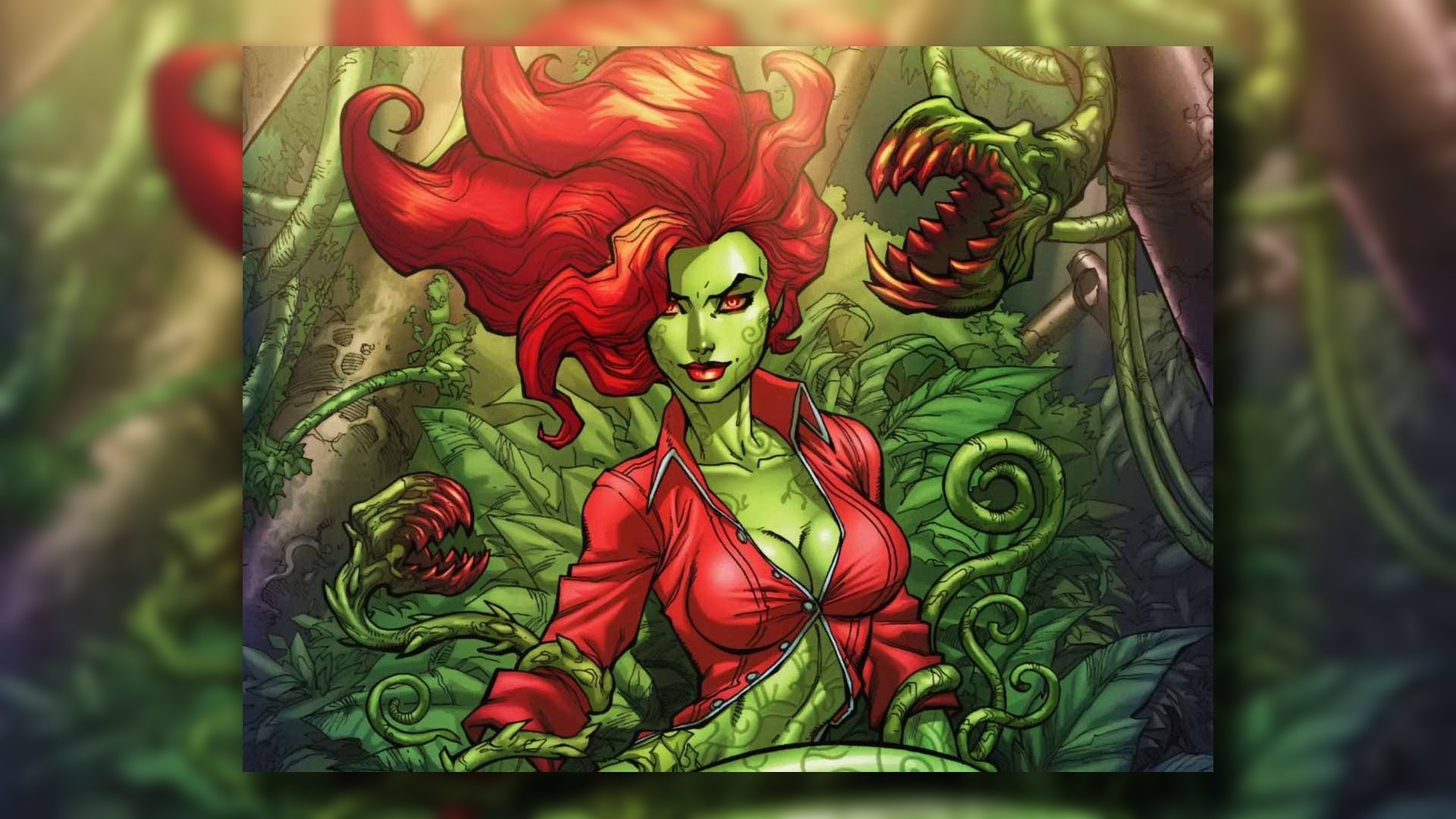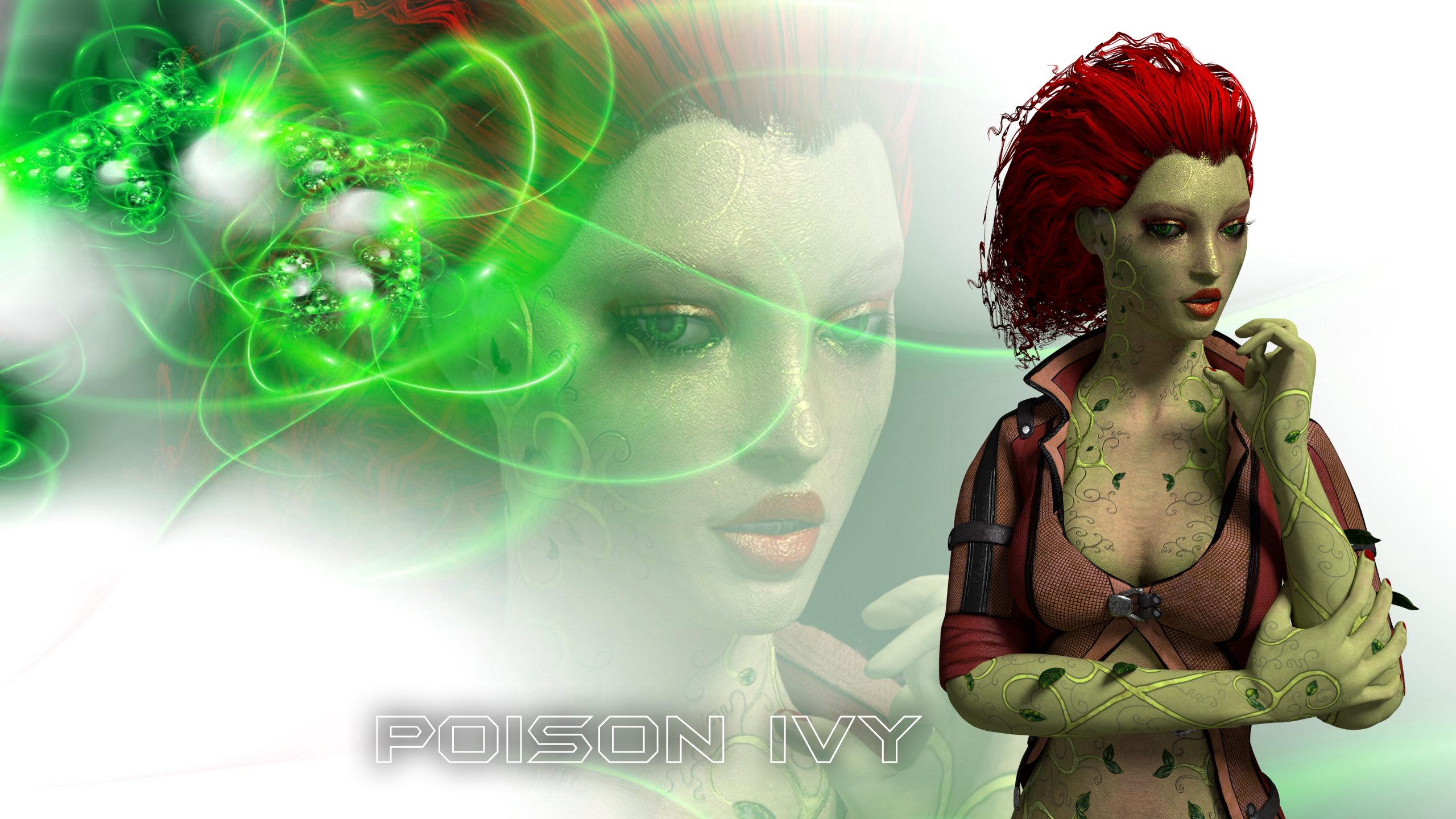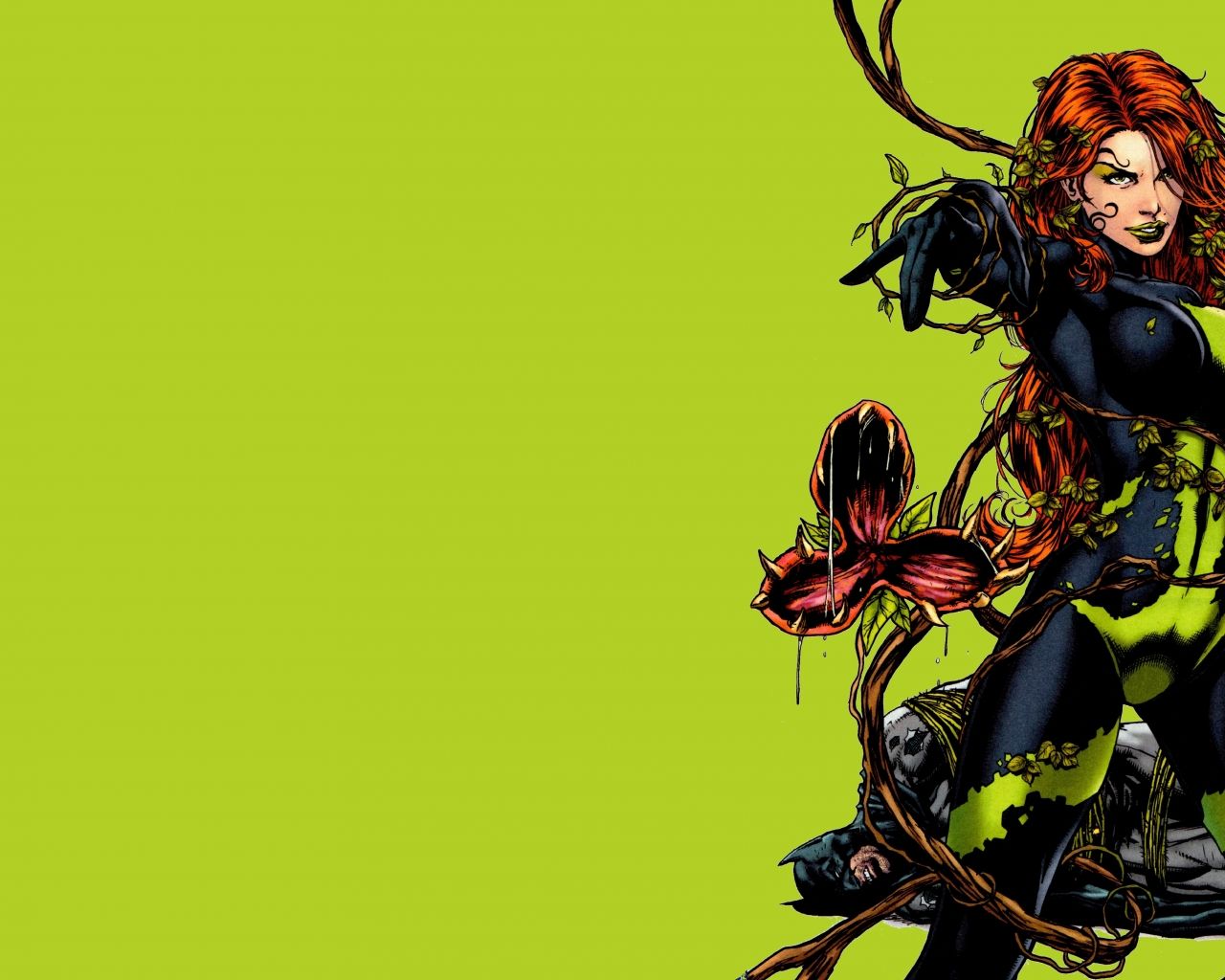How Do You Get Poison Ivy
How Do You Get Poison Ivy? Understanding the Itch
If you've ever had a run-in with poison ivy, you know the resulting rash is intensely uncomfortable. But many people still wonder exactly How Do You Get Poison Ivy? It's a crucial question, especially if you spend time outdoors hiking, camping, or gardening.
The short answer is: you get it through contact with a specific type of oil. The good news is that understanding this process is the first step toward effective prevention. We're here to break down the mechanics of the poison ivy reaction, making sure you are prepared before your next outdoor adventure.
The Core Culprit: Understanding Urushiol Oil
The infamous poison ivy rash isn't caused by thorns or stingers; it's caused by an oily substance called urushiol (pronounced oo-roo-shee-ohl). This potent oil is found in the leaves, stems, and roots of poison ivy, as well as its cousins, poison oak and poison sumac.
Urushiol is incredibly sticky and resilient. It can remain active on surfaces—or even dead plants—for years if not properly cleaned. Once this oil touches your skin, your immune system views it as a threat, triggering allergic contact dermatitis, which we recognize as the itchy, blistering rash.
It's important to realize that approximately 80-90% of people are allergic to urushiol. If you didn't react as a child, you could still develop sensitivity later in life after repeated exposure. There are primarily two ways How Do You Get Poison Ivy exposure.
Direct Contact: The Most Common Way to Get Poison Ivy
The most straightforward method of contracting the rash is by brushing against the plant itself. This often happens when you're walking through wooded areas, clearing brush in your yard, or reaching into overgrown hedges.
The oil must be released from the plant for exposure to occur. This usually happens when the plant is bruised, broken, or crushed. A simple, light brush can be enough if the leaves are already damaged.
Remember that the rash is only spread through the oil. The fluid inside the blisters is not urushiol and cannot cause the rash to spread to other people or other parts of your body, contrary to common myths.
Indirect Contact: Picking Up the Oil from Objects
This is where many people get surprised about How Do You Get Poison Ivy. Urushiol oil is remarkably sticky and transfers easily. You don't actually need to touch the plant directly to suffer the consequences.
Anything that has touched the plant can hold the oil and subsequently transfer it to your skin. This is a common way the oil spreads from the initial point of contact to other sensitive areas of your body.
Common indirect sources of urushiol oil include:
- Gardening tools (shovels, gloves, trimmers)
- Clothing and shoes left unwashed
- Pet fur (dogs and cats can carry the oil without reacting themselves)
- Camping equipment or sports gear
- Carried firewood or other brush
If you suspect any item has come into contact with poison ivy, you must clean it thoroughly with soap and water before handling it again.
Inhalation Risk: A Serious but Rare Form of Exposure
While less common, inhalation is the most dangerous way to get poison ivy exposure. If poison ivy plants are burned, the urushiol oil becomes aerosolized in the smoke. Breathing in this smoke is extremely hazardous.
Inhaling urushiol can lead to severe respiratory irritation, inflammation of the lungs, and an internal rash. Never burn brush or wood where poison ivy might be present.
How Long Does It Take to Get the Poison Ivy Rash?
Once you are exposed to urushiol, the reaction time can vary significantly. Generally, symptoms appear within 12 to 72 hours following contact. The specific timing depends on your sensitivity and the amount of oil that penetrated your skin.
First-time exposure often results in a slightly delayed reaction, sometimes taking 7 to 10 days to fully manifest. Subsequent exposures usually produce symptoms much faster, often in less than 48 hours.
Factors Affecting Reaction Time
The speed and severity of the rash are influenced by several personal and environmental factors. Understanding these can help explain why sometimes you react quickly and other times it takes longer.
- Thickness of Skin: Areas with thinner skin (like the face or genitals) react much faster and more severely than areas with thicker skin (like the palms of your hands).
- Oil Amount: A heavier concentration of urushiol on the skin will typically result in a quicker and more severe reaction.
- Sensitivity Level: Highly sensitive individuals will always react faster and more intensely than those with lower sensitivity.
- Immediate Washing: If the oil is washed off within 10-15 minutes of contact, the reaction can often be minimized or prevented entirely, delaying or stopping the symptom onset.
Crucial Steps: Preventing Poison Ivy Contact
Prevention is always the best medicine when dealing with urushiol oil. Since understanding How Do You Get Poison Ivy hinges on minimizing contact, here are practical steps to keep yourself rash-free.
Before heading into areas where the plant may grow, apply a barrier cream, often called an ivy block. These creams contain bentoquatam and act as a shield, making it harder for the urushiol to penetrate the skin.
Additionally, always dress appropriately, even on warm days, if you are working near brush.
Recognizing the Plant (Leaves of Three, Let It Be)
The classic rhyme "Leaves of three, let it be" is your best defense. Poison ivy typically grows in clusters of three leaflets. These leaves can vary greatly in appearance depending on the season and location, but the trio pattern remains consistent.
In spring, the leaves might appear reddish. In summer, they are typically green and glossy. In fall, they often turn vibrant yellow or red. It can grow as a climbing vine, a low shrub, or a ground cover.
Post-Exposure Cleaning Protocol
If you suspect contact has occurred, immediate washing is paramount to removing the oil before it bonds with your skin. You have a very limited window—ideally 10 to 20 minutes—for effective removal.
Use cool water and a heavy-duty soap (like dish soap or specialized urushiol removal products). The coolness helps prevent your pores from opening, which could absorb the oil faster. Scrub all exposed skin gently but thoroughly.
Do not forget to wash:
- Underneath your fingernails.
- Any clothing you wore, ideally in a separate, hot water cycle.
- All tools and equipment using soap and water while wearing gloves.
Conclusion
Understanding How Do You Get Poison Ivy boils down to one simple factor: contact with urushiol oil. Whether you touch the plant directly, pet a dog that wandered through a patch, or handle contaminated gardening tools, the result is the same allergic reaction.
By learning to recognize the plant and implementing fast cleaning protocols immediately following suspected exposure, you can drastically reduce your risk of developing the painful, itchy rash. Stay vigilant, wash thoroughly, and enjoy the outdoors safely!
Frequently Asked Questions (FAQ) About Poison Ivy Exposure
- Can I catch poison ivy from someone else's rash?
- No. Once the urushiol oil is washed off the skin, the rash cannot spread. The fluid inside the blisters is part of your immune response and does not contain the oil that causes the reaction. However, you can get the rash if you touch their clothes or tools that still have residual oil.
- How long does the urushiol oil stay active on objects?
- Urushiol is incredibly stable. It can remain active and capable of causing a rash on objects like tools, clothing, and pet fur for months, and potentially even years, if they are not thoroughly cleaned with soap and water.
- Does rubbing alcohol help remove the oil?
- Yes, rubbing alcohol can be very effective at dissolving urushiol oil, especially if used immediately after exposure. Use an alcohol-soaked wipe or cotton ball, and then rinse the area thoroughly with cold water and soap.
- Is it true that scratching the rash spreads it?
- Scratching does not spread the rash internally, but it can break the skin and lead to a secondary bacterial infection. If you scratch oil residue from your fingernails onto another part of your body (or another person), you could create a new patch of rash, but this only happens within the first hours of exposure before the oil has bonded.
How Do You Get Poison Ivy
How Do You Get Poison Ivy Wallpapers
Collection of how do you get poison ivy wallpapers for your desktop and mobile devices.

Dynamic How Do You Get Poison Ivy Abstract Photography
This gorgeous how do you get poison ivy photo offers a breathtaking view, making it a perfect choice for your next wallpaper.

Breathtaking How Do You Get Poison Ivy Image for Mobile
Transform your screen with this vivid how do you get poison ivy artwork, a true masterpiece of digital design.

Crisp How Do You Get Poison Ivy Scene Collection
A captivating how do you get poison ivy scene that brings tranquility and beauty to any device.

Lush How Do You Get Poison Ivy Artwork Collection
Immerse yourself in the stunning details of this beautiful how do you get poison ivy wallpaper, designed for a captivating visual experience.

Beautiful How Do You Get Poison Ivy Capture in HD
Experience the crisp clarity of this stunning how do you get poison ivy image, available in high resolution for all your screens.

Artistic How Do You Get Poison Ivy Background in HD
A captivating how do you get poison ivy scene that brings tranquility and beauty to any device.

Amazing How Do You Get Poison Ivy Background for Desktop
Discover an amazing how do you get poison ivy background image, ideal for personalizing your devices with vibrant colors and intricate designs.

Dynamic How Do You Get Poison Ivy Abstract Photography
This gorgeous how do you get poison ivy photo offers a breathtaking view, making it a perfect choice for your next wallpaper.

Breathtaking How Do You Get Poison Ivy View Art
Experience the crisp clarity of this stunning how do you get poison ivy image, available in high resolution for all your screens.

Amazing How Do You Get Poison Ivy Photo Collection
Explore this high-quality how do you get poison ivy image, perfect for enhancing your desktop or mobile wallpaper.

Stunning How Do You Get Poison Ivy Background for Your Screen
This gorgeous how do you get poison ivy photo offers a breathtaking view, making it a perfect choice for your next wallpaper.

Vibrant How Do You Get Poison Ivy Landscape for Desktop
Experience the crisp clarity of this stunning how do you get poison ivy image, available in high resolution for all your screens.

Serene How Do You Get Poison Ivy Background for Desktop
Explore this high-quality how do you get poison ivy image, perfect for enhancing your desktop or mobile wallpaper.

Dynamic How Do You Get Poison Ivy Scene for Your Screen
This gorgeous how do you get poison ivy photo offers a breathtaking view, making it a perfect choice for your next wallpaper.

Exquisite How Do You Get Poison Ivy View Collection
Immerse yourself in the stunning details of this beautiful how do you get poison ivy wallpaper, designed for a captivating visual experience.

Amazing How Do You Get Poison Ivy Photo Collection
Explore this high-quality how do you get poison ivy image, perfect for enhancing your desktop or mobile wallpaper.

Dynamic How Do You Get Poison Ivy Landscape for Desktop
A captivating how do you get poison ivy scene that brings tranquility and beauty to any device.

Detailed How Do You Get Poison Ivy Abstract Illustration
Discover an amazing how do you get poison ivy background image, ideal for personalizing your devices with vibrant colors and intricate designs.

Breathtaking How Do You Get Poison Ivy Landscape Concept
Experience the crisp clarity of this stunning how do you get poison ivy image, available in high resolution for all your screens.

Crisp How Do You Get Poison Ivy Background in HD
Find inspiration with this unique how do you get poison ivy illustration, crafted to provide a fresh look for your background.
Download these how do you get poison ivy wallpapers for free and use them on your desktop or mobile devices.
0 Response to "How Do You Get Poison Ivy"
Post a Comment